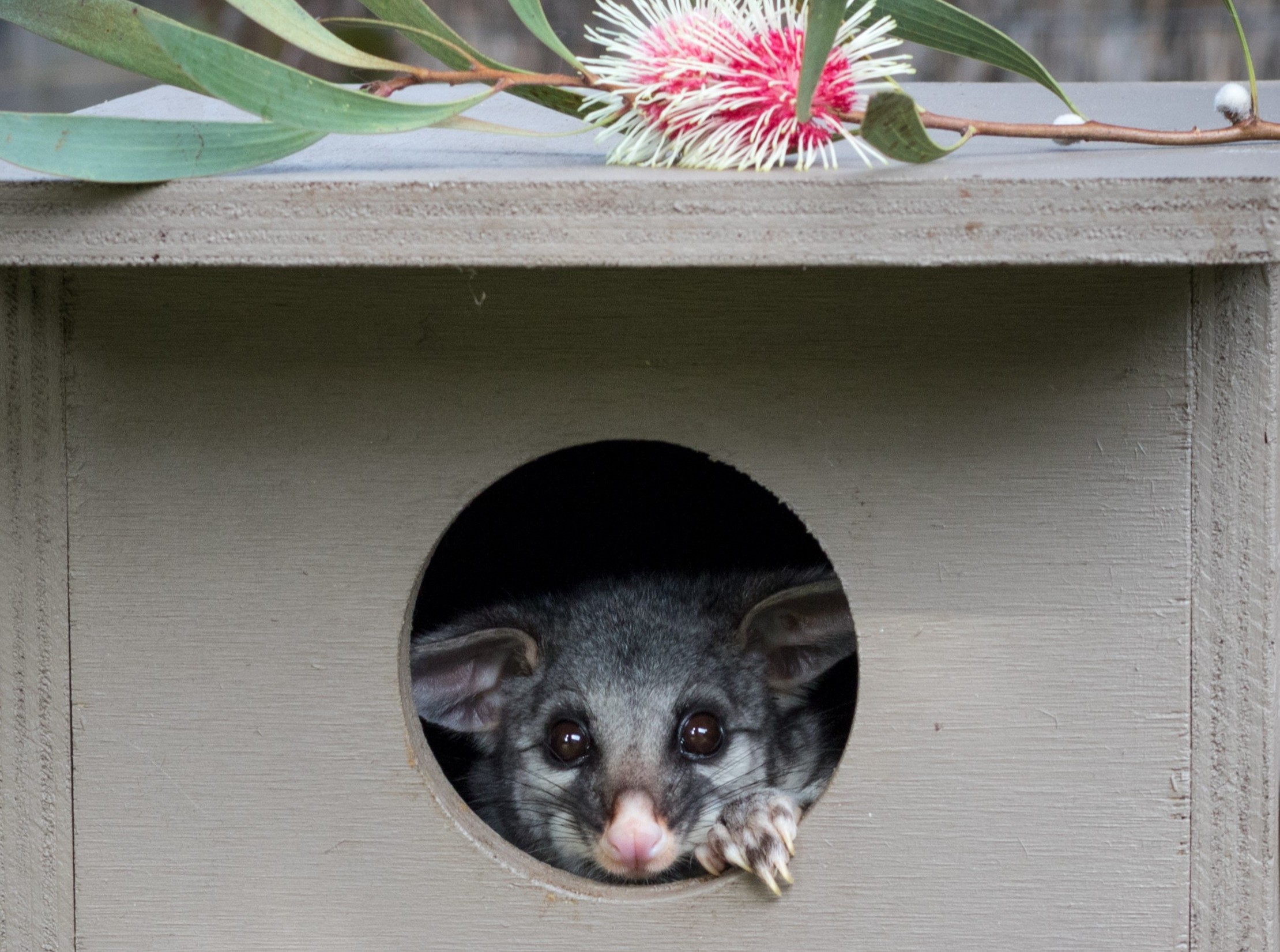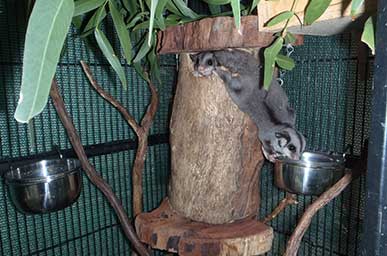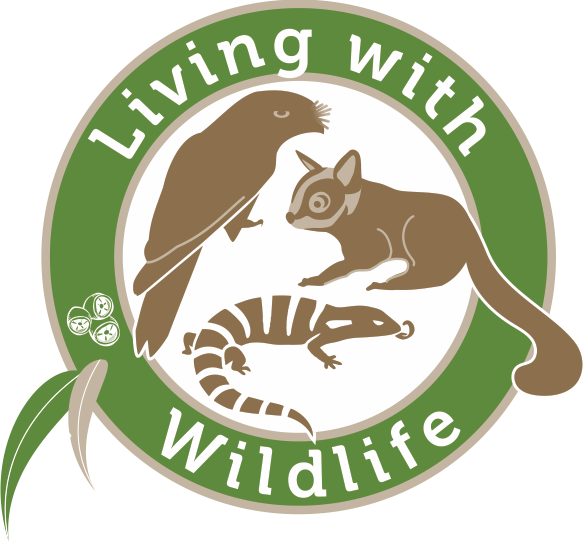Habitat (aka Nest) Boxes
The loss of old trees has limited breeding opportunities and available homes for many hollow dependent species. Living with Wildlife promote the use of man-made boxes to support wildlife dependent on hollows for shelter and breeding.
The boxes we use and recommend are more than just 'boxes' they are long lasting, purpose built, species specific homes and breeding sites.
We offer two services relevant to habitat boxes; a presentation with everything you need to know about selecting and installing boxes and installation co-ordination for projects of 5 or more boxes.
1. Presentation - Habitat Boxes for Suburban Wildlife
The what, why and how of choosing and installing a habitat box for local species are
covered in this presentation.
There are many reasons to put up a habitat box such as habitat enrichment, and to
support and increase biodiversity. 20% of Australian wildlife need a hollow to nest or den in. Hollows can take 100 years to form and many species, such as kookaburras, parrots and cockatoos according to Bird Life Australia, are in decline because suitable hollows to breed in aren’t available.
Other species, such as possums, find it hard to find a hollow to den in and can end up in roofs and sheds.
Following this presentation participants will be able to;
Tips to increase the likelihood of the box being utilised and how to avoid it being taken
over by feral species are also covered.
For more information and to book a presentation please go to Workshops and
Presentations for Adults.


2. Habitat Box Installations
We can coordinate the supply and installation of habitat (nesting) boxes for wildlife for reasons including:
Developers needing to meet Planning Permit requirements
Habitat enrichment projects in Reserves and Parks
To mitigate loss of habitat and support biodiversity
The cleared and changed suburban environment has resulted in the loss of old trees with hollows that are essential for many native species. Our specialty service includes;
recommending target species to suit your project's location
provision of species specific box designs
boxes constructed from best practice materials
feral invasion deterrents are incorporated into boxes
installation with methods that have minimal impact on trees
installation height and aspect recommendations.
On the completion of installation work you will be provided a map, including GPS co-ordinates, for the location of each species specific box.
Please contact us for more information or with your specifications for a quote.
Twenty percent of Australian wildlife need a hollow to nest or den in.
Hollows can take 100 years to form and many species, such as kookaburras, parrots and cockatoos, according to BirdLife Australia, are in decline because suitable hollows to breed in aren’t available.
Installing a habitat box will provide breeding opportunities, habitat enrichment as well as the opportunity to observe unique Australian wildlife.

